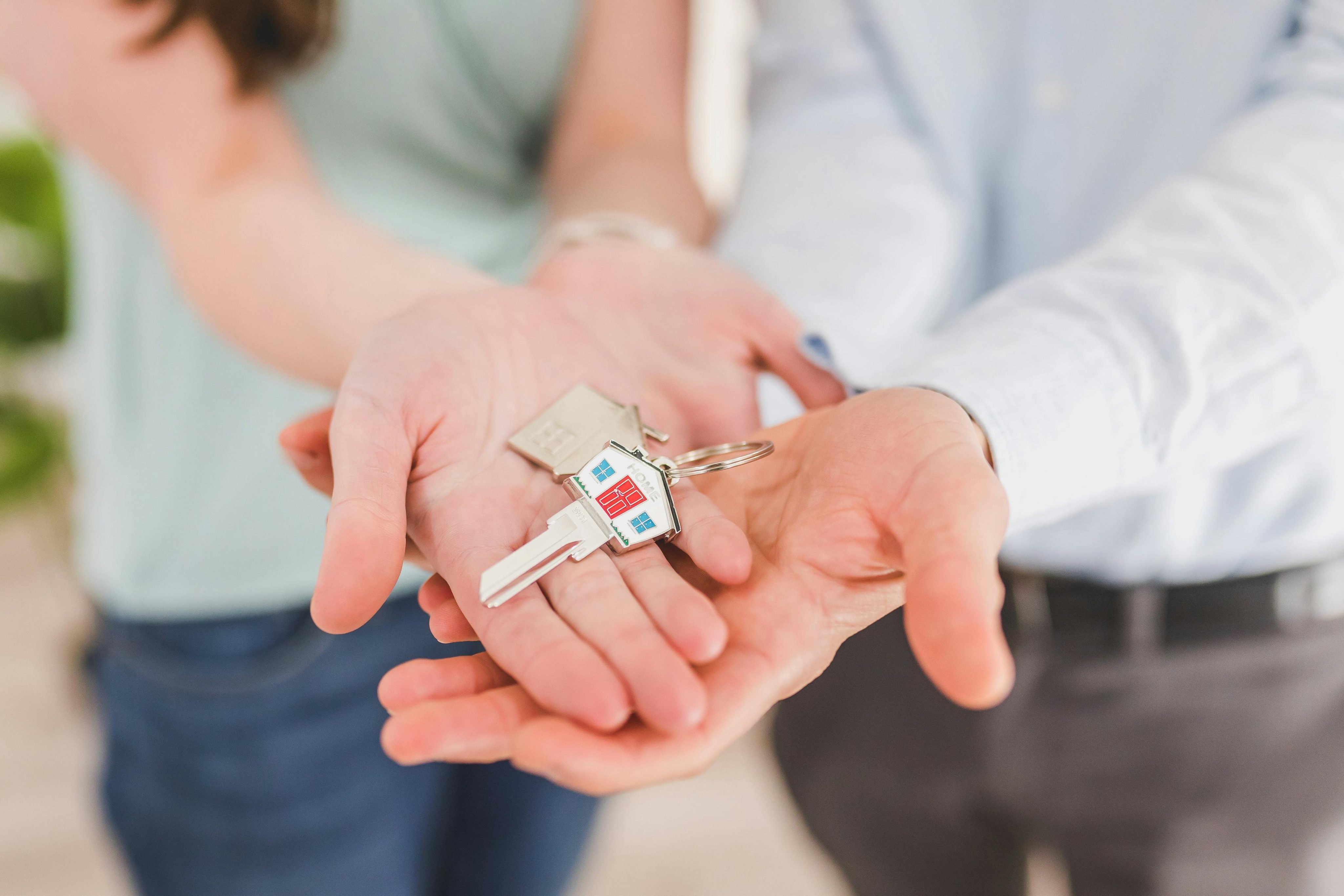Moving from renting to owning a home is a big step. In Southern California, this shift can feel overwhelming, high home prices, tight mortgage requirements, and extra costs make planning essential. But with the right steps, this transition is possible and practical. This guide walks you through what you need to do to turn renting into homeownership southern ca.
Understand the Differences Between Renting and Owning
Renting gives you flexibility and fewer responsibilities — you don’t worry about repairs or property taxes. Owning gives you equity, stability, and potential tax benefits, but you also take on maintenance, insurance, and all costs of the property.
Before moving forward, it’s important to realize those extra burdens so you’re ready. Monitoring rent vs. total home costs (mortgage, tax, insurance, HOA, maintenance) helps you make realistic comparisons.
Step 1: Assess Your Financial Readiness
1. Examine Your Credit
Your credit score affects what loan you qualify for and your interest rate. Aim for a strong score (e.g. 680+ or better) by paying bills on time, reducing credit card balances, and avoiding new debt. Many lenders require good credit to approve with favorable terms.
2. Calculate Your Debt-to-Income Ratio (DTI)
Lenders will look at how much of your income goes to debt (car payments, credit cards, student loans). To qualify for most mortgages, your total debt including housing cost should often stay under ~ 43% of your gross income.
3. Save for Down Payment and Closing Costs
Down payment amounts vary (5%, 10%, 20%), but many buyers aim for 20% to avoid mortgage insurance. Closing costs often run 2% to 5% of the home price. Also set aside funds for moving, repairs, and reserves.
4. Build an Emergency Fund
Once you own, unexpected costs (roof, plumbing, appliances) may arise. It’s wise to have 3–6 months of living expenses saved.
Step 2: Learn What Homeownership Costs in Southern California
To plan well, you must know what owning a home costs in SoCal:
- Mortgage (principal + interest)
- Property taxes — often assessed by county and local districts
- Homeowners insurance — fires, liability, etc.
- HOA or community fees (if applicable)
- Maintenance and repairs — plumbing, roof, systems
- Utilities & landscaping
- Special assessments or local fees
When estimating costs, include all those, not just the mortgage. Many renters forget maintenance or HOA.
Step 3: Determine How Much House You Can Afford
Use a Housing Ratio
Many experts suggest your total housing cost (mortgage + taxes + insurance + HOA) remain at or below 25-30% of your gross income. You can test different home prices and see how they fit into that range.
Get Pre-Approved for a Mortgage
Getting pre-approved gives you a realistic budget. Lenders review your credit, income, and debts and tell you how much you qualify for, which guides your search.
Run Scenarios for Down Payment, Loan Term, Interest
Try different down payments (10%, 15%, 20%) and loan terms (30, 20 years) to see how they change monthly payments. In Southern California, small changes can make a big difference.
Step 4: Explore Mortgage Options and Assistance Programs
Conventional, FHA, VA, and More
- Conventional loans often require higher credit and more down payment
- FHA loans allow lower down and more flexibility
- VA loans are for veterans, often with no down payment
Check what loan types are available in your area.
Local Down Payment and Homebuyer Assistance
Many counties or cities in SoCal offer programs to help first-time buyers with down payment or closing cost grants. These programs can reduce the cash you must bring to the table.
Explore Rent-to-Own or Lease-Option Models
Some homeowners or sellers offer rent-to-own arrangements, where part of your rent may go toward your future down payment. Be sure to review the contract carefully and confirm that you’ll qualify for a mortgage later. Learn more about how rent-to-own works and the potential risks before committing..
These models can help bridge the gap for buyers who are not yet fully prepared.
Step 5: Expand Your Search and Adjust Expectations
Because SoCal is expensive, you may need to make tradeoffs:
- Look in less expensive neighborhoods or suburbs
- Consider smaller homes or condos with lower maintenance
- Be open to older homes or homes needing light updates
- Adjust amenities or lot size preferences
By broadening your search, you’ll find homes you can afford without overstretching.
Step 6: Work with a Local Agent Who Understands Your Area
A realtor familiar with Southern California can help:
- Show you realistic homes within your price range
- Advise on neighborhoods with growth potential
- Negotiate repair requests or seller concessions
- Help with inspection, contract, closing processes
A good realtor southern ca becomes a partner in the transition.
Step 7: Make the Transition from Renting to Owning Smoothly
Align Lease End with Closing Date
If possible, schedule your home closing close to the end of your lease to avoid overlapping payments or gaps. This takes good timing and planning.
Monitor Your Rent vs. Mortgage Break-Even Point
Keep comparing what you pay in rent vs. what you would pay owning. If ownership ends up cheaper or equal, it makes sense to move when you're ready.
Be Prepared for Move-In and Upgrades
Budget for small fixes or upgrades, new furnishings, landscaping, etc. Even a move from renting to owning can require extra cash.
Key Takeaways & Final Thoughts
Transitioning from renting to homeownership in Southern California takes planning, patience, and realistic expectations. The costs are higher here, but the rewards of equity, stability, and pride are meaningful.
Assess your finances, improve credit, save aggressively, explore assistance programs, and work with a local realtor. Be prepared to expand your search area or adjust home expectations. With steady steps, you can make the move to homeownership southern ca without overextending yourself.
If you’re ready to map out your path to homeownership, connect with Jack Ma Real Estate today. We can help you run cost estimates, find eligible programs, and guide you step by step to make your renting-to-owning journey successful.
Questions People Often Ask (FAQs)
- How long should I rent before buying a home?
It depends — many financial experts suggest waiting until you have stable income, good credit, savings for down payment, and low debt. That may take 1–3 years. - What credit score do I need to switch to owning?
For conventional loans, often a score of 620–640 is the minimum. But better scores (700+) give you access to lower rates and better terms. - Can I use rent payments toward my down payment?
In a rent-to-own or lease-option deal, yes — part of your rent may be credited toward down payment. But you must confirm the terms in writing. - Do first-time buyer programs really exist in SoCal?
Yes — many counties and cities (e.g., Los Angeles, San Diego, Orange) have programs to assist first-time buyers with grants or low-interest loans. - What’s the main difference I should budget for when switching?
Maintenance, repairs, property taxes, insurance, and utilities are much more costly as an owner than as a renter. Be sure your budget accounts for those extra expenses.



